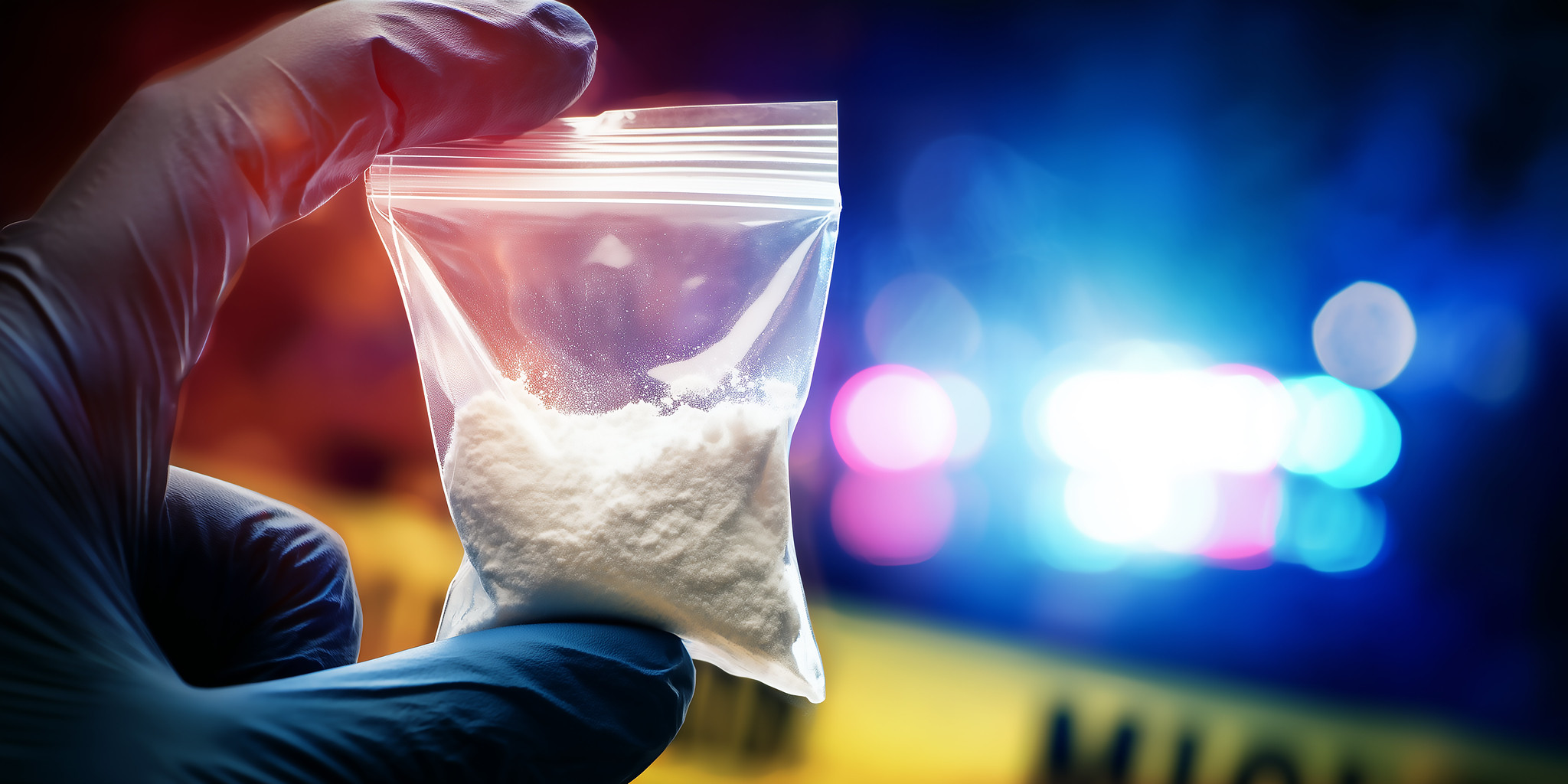As the world of illicit drug use shifts, one substance is raising serious alarm: medetomidine. Once used mainly for animals, this drug is now part of a dangerous drug cocktail that is exacerbating the overdose crisis.
What is Medetomidine?
Medetomidine, also known as ‘rhino tranq,’ is a veterinary drug used as a sedative, during surgeries. In human medicine, it’s used in very controlled environments, such as intensive care units, to sedate patients on ventilators. But like many other veterinary drugs, medetomidine has found its way into the illicit drug supply – often laced with fentanyl in pill and powder form.
The Dangers of Medetomidine in Street Drugs
Cities like Philadelphia, Pittsburgh and Chicago are feeling the impact, with medetomidine contributing to rising overdose deaths. When combined with fentanyl, it forms a particularly deadly response that many buyers don’t expect. The drug can cause severe cardiovascular issues like slow heart rate, low blood pressure and respiratory depression, which can be fatal when combined with fentanyl’s effects.
The shift from xylazine to medetomidine as an adulterant only adds to the problem, particularly as medetomidine is more potent. The scariest part? Just like xylazine, medetomidine is not reversible by naloxone, the go-to antidote for opioid overdoses, so those affected may not get the help they need in time.

Responding to the Evolving Drug Landscape
Medetomidine is just the latest example of how the drug landscape continues to evolve. As we see more substances like medetomidine, nitazenes, pink cocaine, BTMPS and others enter the mix, the need for better testing methods and stronger detection strategies becomes even more urgent. Early detection and rapid response are key to preventing further distribution and harm.
Medetomidine won’t be the last substance to emerge as a fentanyl adulterant, but it serves as a reminder of how quickly new threats can surface and how important it is to stay ahead of these developments. 908 Devices is committed to supporting first responders with fast, actionable intelligence in high-pressure situations and navigate this increasingly complex landscape. Through services like Reachback, where users can connect to a team of expert chemists for immediate analysis and guidance when facing unfamiliar or complex substances in the field, we aim to provide that peace of mind.